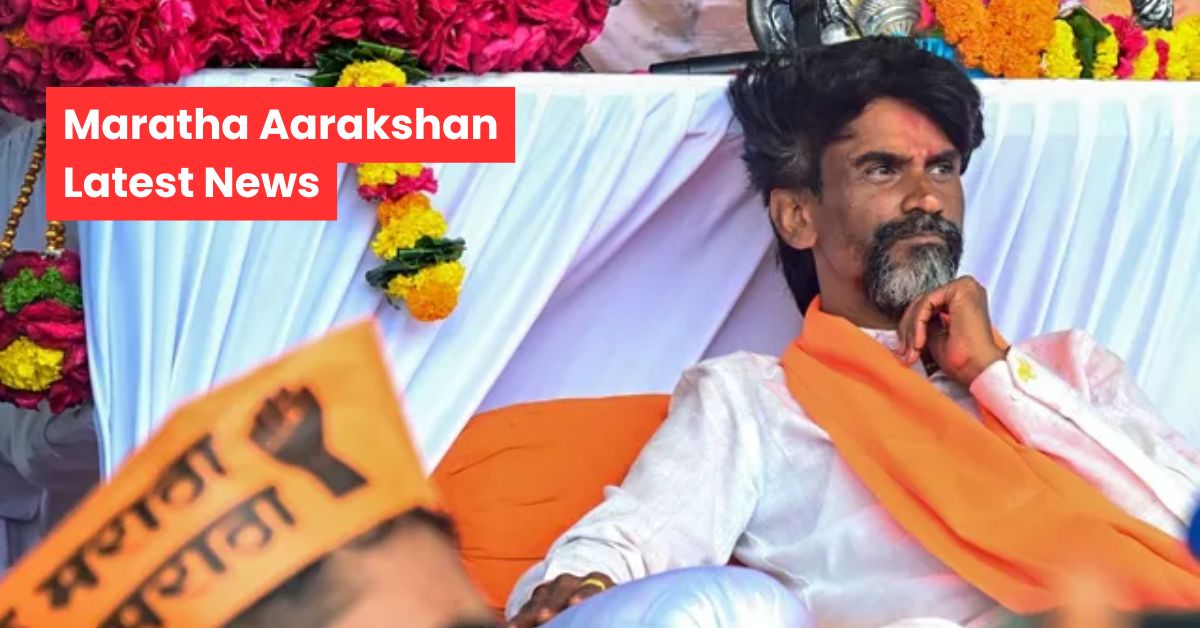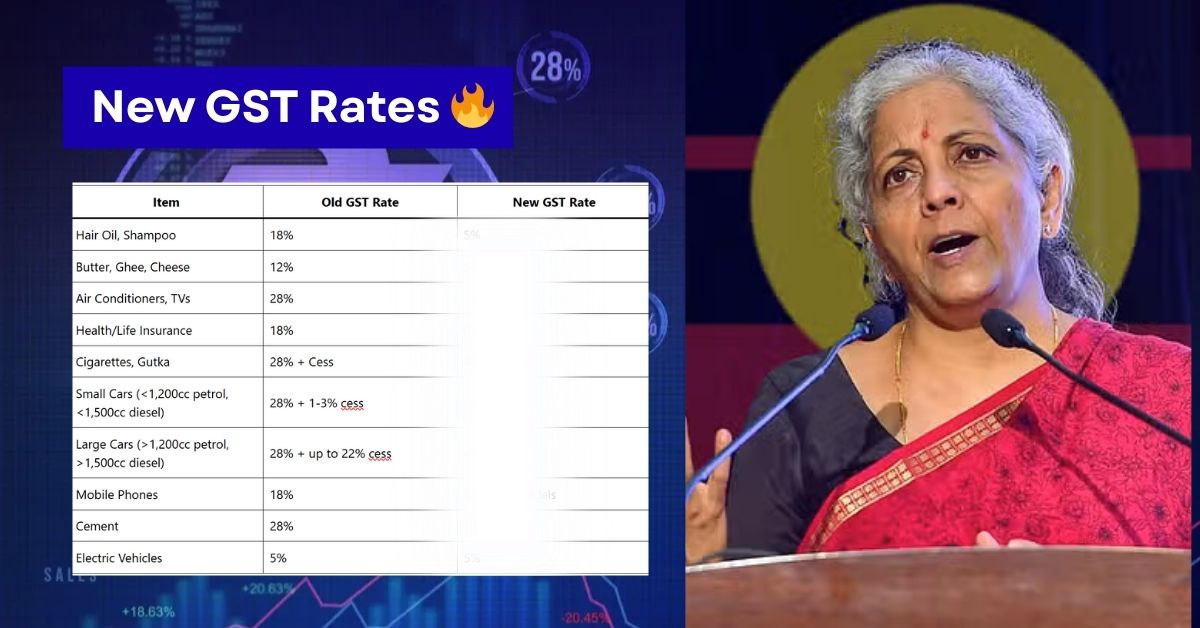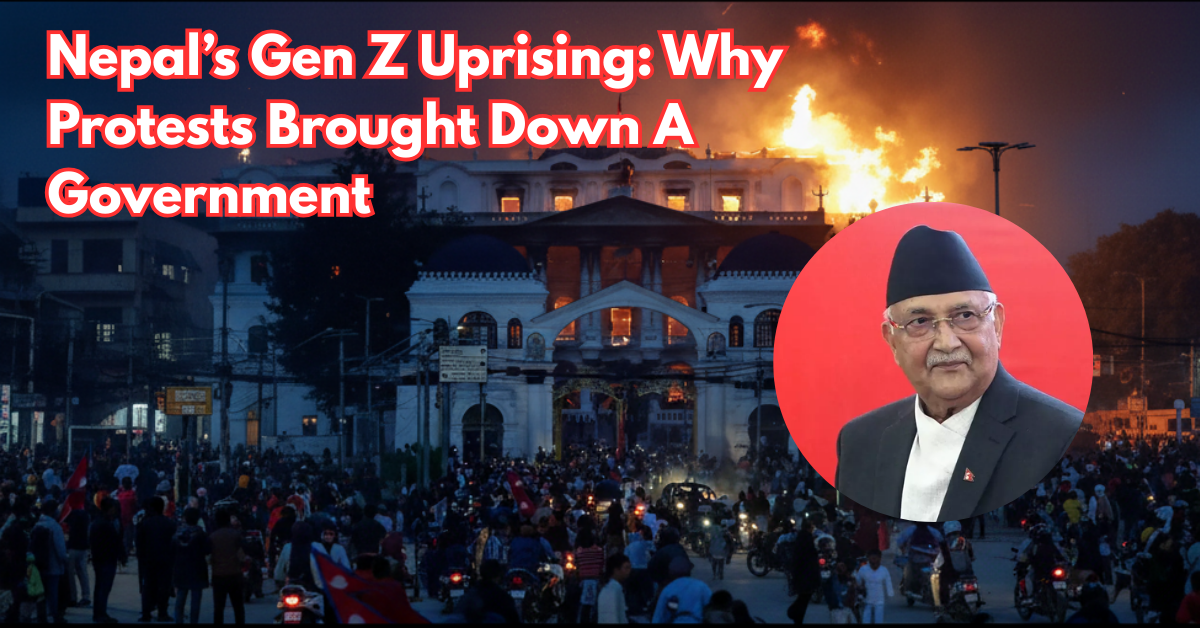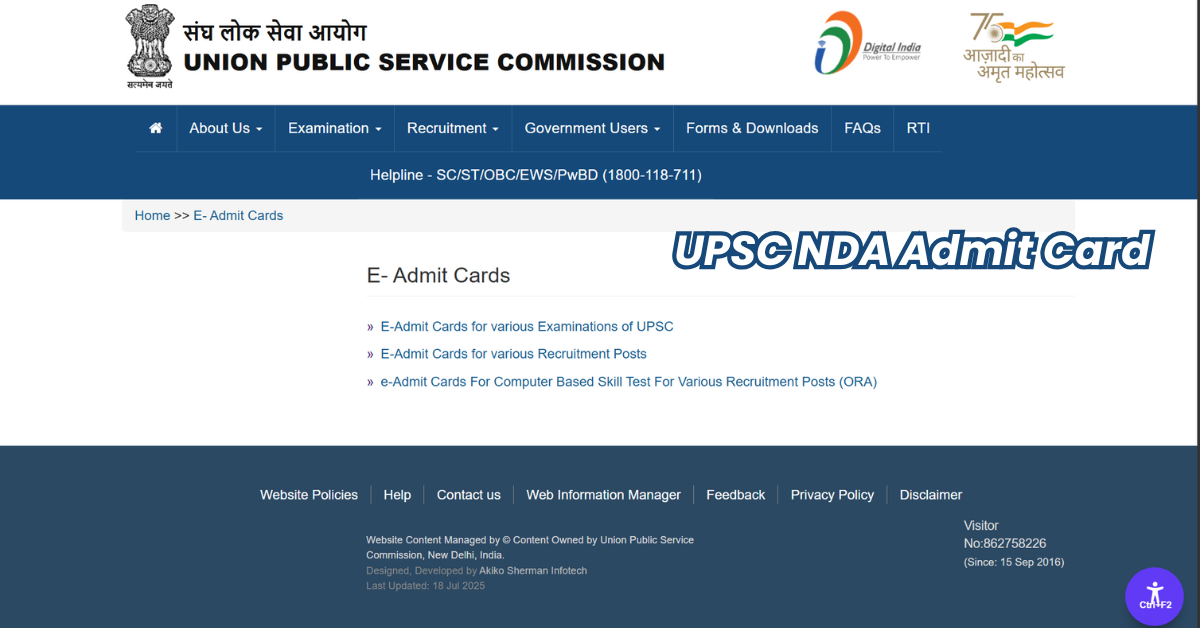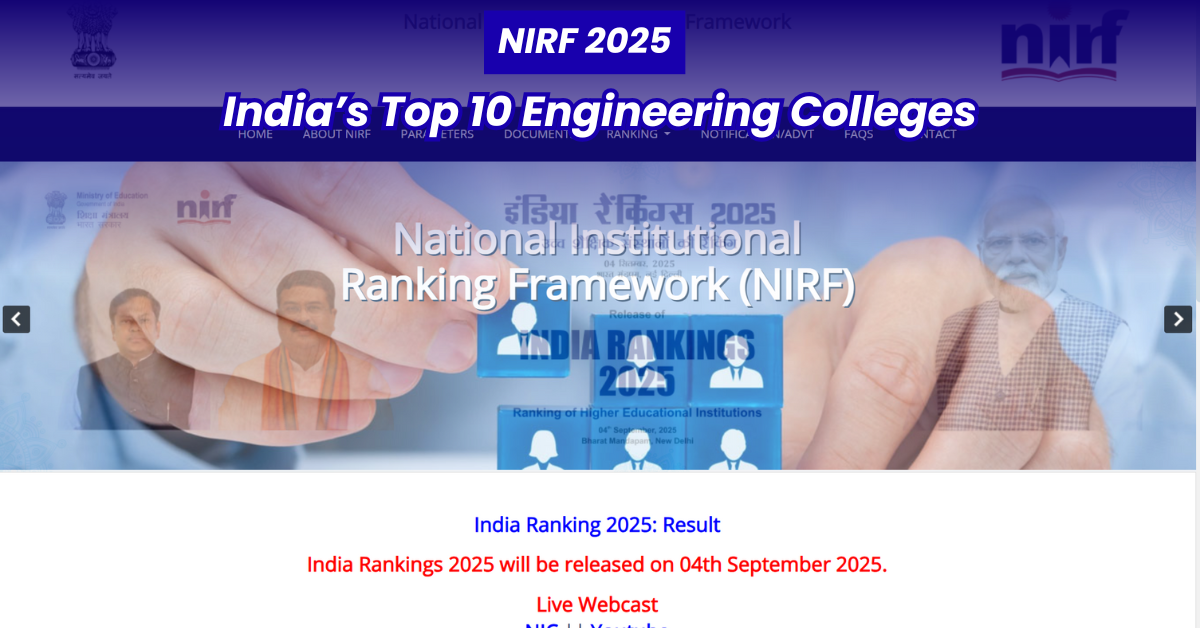After several days of massive protests that brought Mumbai to a halt, activist Manoj Jarange Patil has ended his hunger strike. The Maharashtra government has agreed to key demands that could benefit lakhs of Maratha families across the state.
Government Agrees To Major Steps
On September 2, 2025, the Maratha Reservation Sub-Committee met Jarange directly at Azad Maidan in Mumbai. For the first time, senior ministers sat down face-to-face with him, signaling a serious effort to resolve the long fight for Maratha rights.
Here is what the government promised:
- Immediate use of Hyderabad Gazette – Marathas can get Kunbi caste certificates through family records and village-level inquiries.
- Satara Gazette within a month – Despite 8 lakh objections, the state assured a final decision after reviewing legal aspects.
- ₹15 crore relief fund – Families of those who lost lives in the Maratha movement will receive this within a week.
- Jobs for families – Dependents of martyrs will get government jobs matching their education.
- Withdrawal of cases – All pending legal cases against protesters will be dropped before September ends.
Also Read
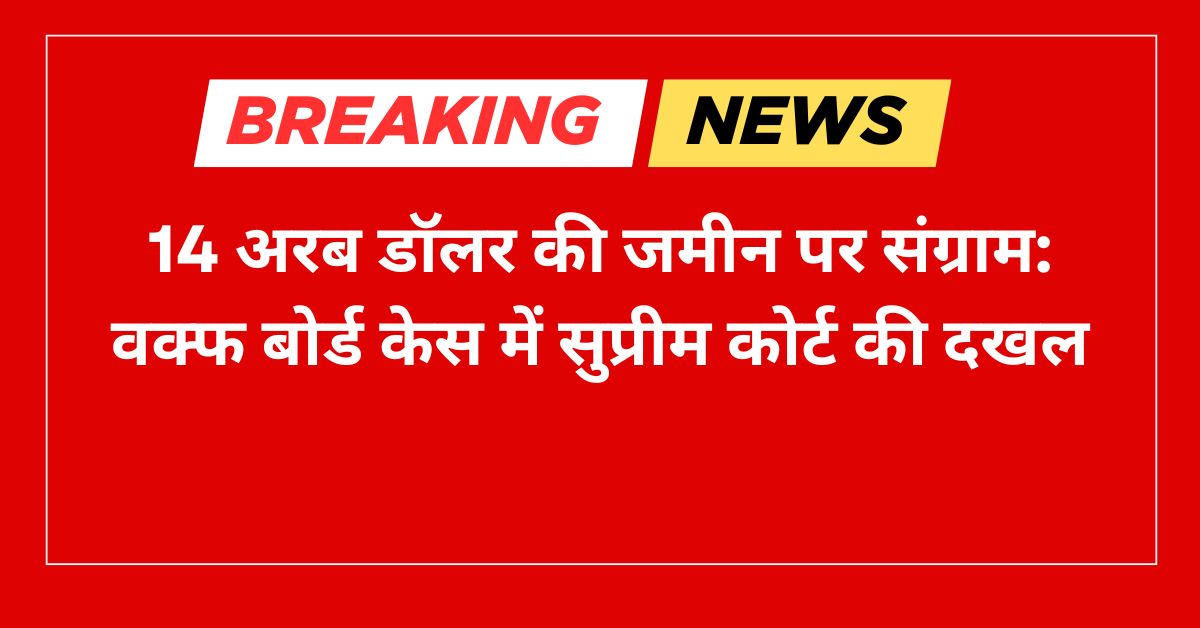
Waqf Board Drama: Supreme Court Steps In On Controversial 2025 Act – What It Means For India
How The Protests Gained Strength
The agitation began on August 29, 2025, and soon paralyzed daily life in Mumbai. Thousands of Marathas reached major points across the city, including:
- Chhatrapati Shivaji Maharaj Terminus (CSMT)
- Azad Maidan
- Marine Drive
- Main roads in South Mumbai
The crowds were huge. People played cricket on the streets, built human pyramids, and even danced at railway stations, all while chanting “Ek Maratha Lakh Maratha.”
Role Of The Court
The Bombay High Court had to step in after Mumbai’s functioning was brought to a standstill. The court ordered protesters to clear the streets by Tuesday noon, noting that basic conditions for demonstrations had been ignored.
Justice Ravindra Ghuge remarked that protesters were cooking, bathing, and defecating on public roads. The strong comments pushed both sides to settle.
What It Means For The Community
Marathas form nearly one-third of Maharashtra’s 12 crore population, yet many families face financial struggles. With this agreement, they will now get:
- OBC benefits via Kunbi certificates
- 10% SEBC quota, which the state passed in 2024
- Better chances in jobs and education
Political Angle Before Elections
- The breakthrough comes just before Maharashtra Assembly polls, giving the ruling Mahayuti alliance (BJP-Shiv Sena-NCP) a strong advantage among Maratha voters.
- Chief Minister Devendra Fadnavis, once sharply criticized by Jarange, can now claim success. Deputy CM Eknath Shinde’s government also managed the situation without large-scale violence.
Next Steps
The government has promised written resolutions without delay. Minister Radhakrishna Vikhe Patil’s sub-committee will monitor the rollout.
Expected timeline:
- This week: Aid of ₹15 crore to families
- One month: Satara Gazette outcome
- September end: All protest cases closed
- Two months: Decision on “Maratha-Kunbi are one” demand
The Larger Picture
This movement shows that sustained and peaceful protests can push the state to act. Jarange’s move to focus on Mumbai’s commercial hub ensured the struggle could not be ignored.
Still, legal hurdles are not over. The Supreme Court has already struck down quotas that push reservations above 50%. With Maharashtra at 62% including the Maratha quota, the fight may continue in court.
For now, lakhs of Maratha families see this as a hard-earned victory in their long battle for recognition and fair rights.
